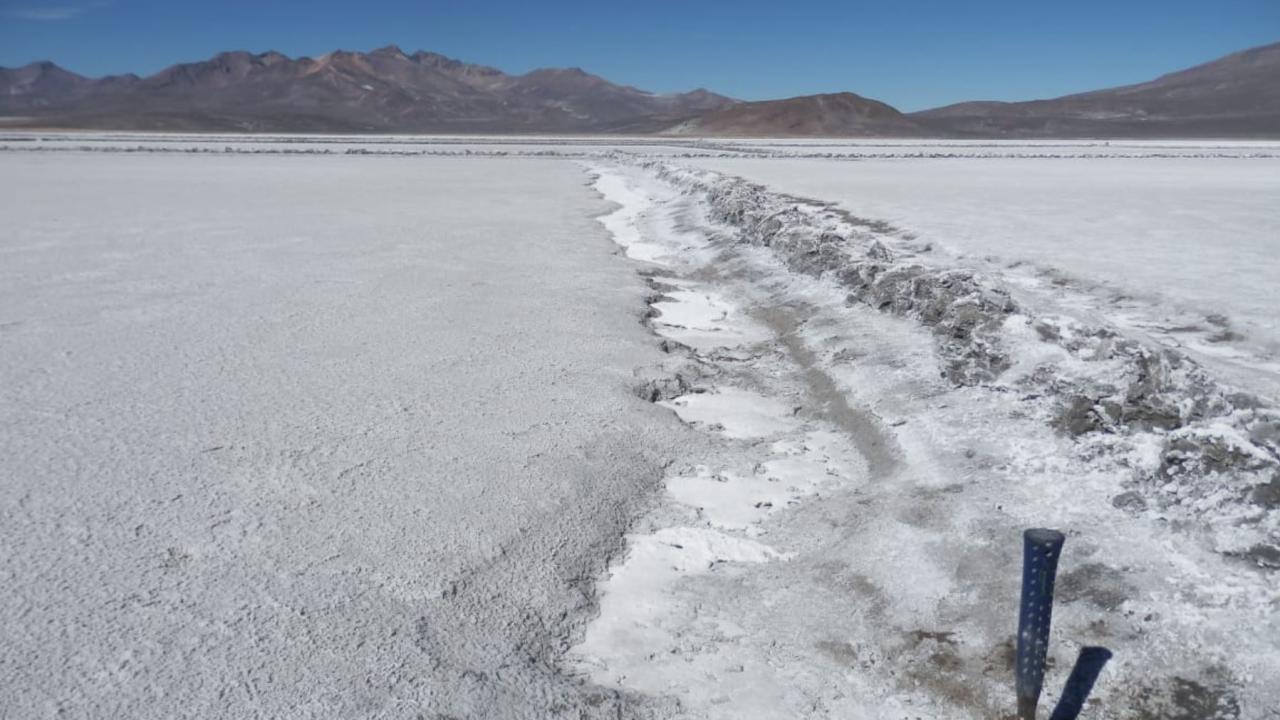
A ton of lithium carbonate is trading above US$15,000.
The lithium carbonate market experienced a significant change this week. The rate of this battery material in China increased by 748 yuan to 111,624 yuan per ton (approximately US$15,418). This shows a slow recovery in white metal prices, although concerns about future demand remain.
Prices of lithium carbonate for batteries ranged from 110,000 yuan per ton (about US$15,193.37) to 113,500 yuan per ton (US$15,676.80) with an average price of 111,750 yuan per ton (US$15,435). ,08).
Industrial-grade lithium carbonate prices ranged between 108,500 yuan per ton (US$14,986.19) and 110,000 yuan per ton (US$15,193.37), with an average of 109,300 yuan per ton (US$15,096. 69).
Lithium
Many lithium salt producers increased their prices this week, in response to a market that saw increases in transaction prices with trading companies.
Despite these increases, producers of transformer cathodes reported that they have adequate stock levels, from previous purchases, without showing urgency for new acquisitions and with a cautious perspective on purchases amid the increase that has been registered. This has led to a stagnant shopping atmosphere, with trading companies more actively adjusting to price changes.
Now, the futures market showed important contrasts with the spot market. The main lithium carbonate futures contract fell 2.15%, starting at 116,000 yuan per ton (US$16,022.10) and closing at 111,450 yuan per ton (US$15,393.65). These differences in the behavior of spot and futures prices signal a cooling of interest among traders.
While the spot market shows signs of price stability and slight increases, the decline in the futures market reflects broader concerns about demand ahead. The market is currently navigating these mixed signals, assessing how changes in purchasing behavior and policy impacts could influence future demand and pricing strategies.
The dynamic between spot stability and futures volatility will be crucial for the strategies of the players present in the market.
Prices
The fundamental metal used to make electric vehicle batteries has seen a substantial drop in prices. These have dropped more than 80% from their peak in 2022, when Tesla CEO Elon Musk claimed that the metal had reached “crazy levels.”
China is the largest refiner and consumer of lithium, in addition to being, by far, the main producer of batteries made with this mineral. Prices plummeted from a record high of more than $80,000 per metric ton in 2022 to less than $14,000 in early 2024.
“Market participants expect lithium demand to remain relatively weak with no looming concerns about supply shortages. We forecast a tentatively balanced market for the rest of 2024,” consulting firm Fastmarkets said in a note.
“The signs were that inventory was quite strong, both at the finished cell level and upstream with miners and brine producers,” said Adam Megginson, analyst at Benchmark Mineral Intelligence. “As such, acquisition activity in the spot market was quite subdued. Buyers in Japan and South Korea chose to draw on inventory or volumes that were already being purchased under contract rather than purchasing more on the spot market,” he explained.










